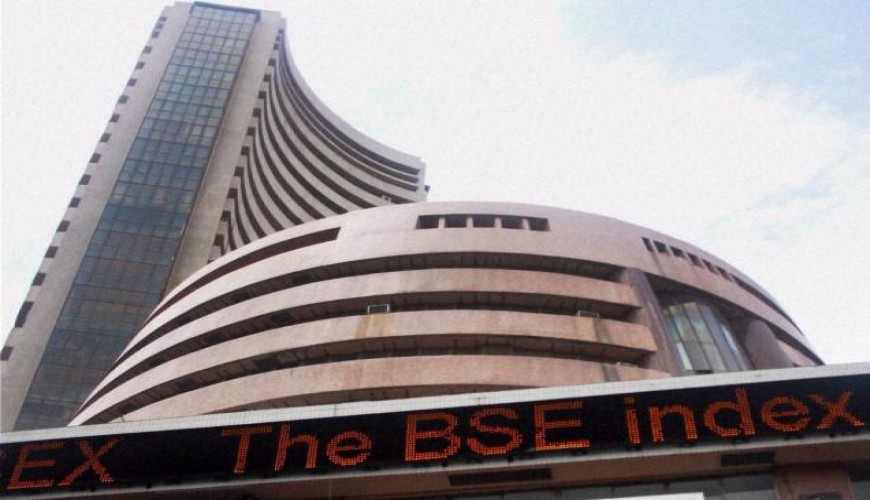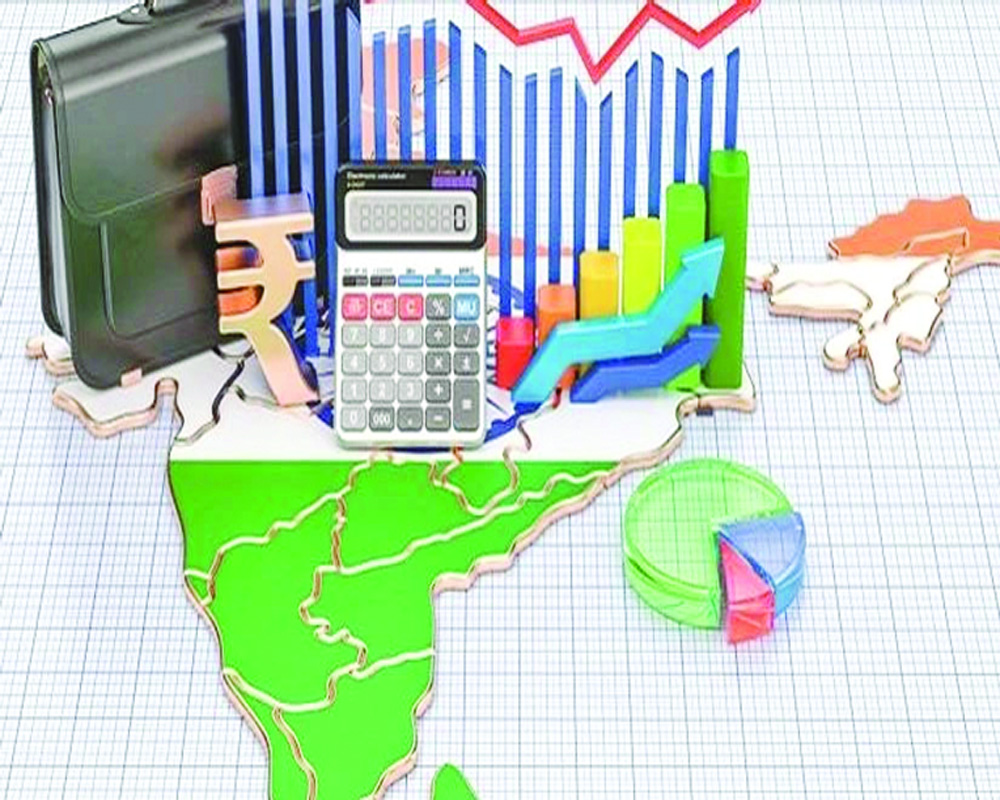If borrowers get interest relief during the moratorium period, bank investors and depositors would stand to lose unless compensated by the Govt, like it happens in farm loan waivers
Responding to the pandemic, the Reserve Bank of India (RBI) had “permitted” banks to grant moratorium on payment of instalments of term loans due after March 1 up to August 31. A similar dispensation was “allowed” on recovery of interest on working capital. The moratorium was initially permitted up to the end of April and 55.1 per cent of customers of Scheduled Commercial Banks (SCBs), accounting for 50 per cent of outstanding credit, had availed this facility. In Public Sector Banks (PSBs), 80.3 per cent of all individual customers, accounting for 80 per cent of total outstanding individual loans, opted for the moratorium. A whopping 74 per cent of Micro, Small and Medium Enterprise (MSME) borrowers and 28.8 per cent of corporate borrowers, covering 81.5 per cent and 58 per cent (by outstanding amount in category loans), availed the facility.
For private banks, 41.8 per cent of individual customers, accounting for 80 per cent of outstanding individual loans, and 20.9 per cent of all MSME customers opted for moratoriums, comprising 42.5 per cent of outstanding loans to MSMEs. About 21.6 per cent of corporate borrowers, covering 19.6 per cent of total outstanding corporate loans, had availed the facility.
The Supreme Court has extended the moratorium and the Central Government has appointed an expert panel to look into the issue. Exactly how many loans accounts and what loan amount is under moratorium are not known. Some borrowers may have decided against seeking the moratorium facility due to uncertainty about relief on interest. Had the interest relief been announced upfront, almost all borrowers would have instantly opted for the moratorium, except possibly for borrowers too proud of their financial standing to seek any relief.
Since the verdict of the apex court was not available by August 31, it was the borrowers’ call to take a wager on the verdict and decide whether to opt for a moratorium or not. It is unclear if the relief, if and when granted, would be available only to those availing of the moratorium. Overall, the system lacks incentives for those remaining fully compliant while the non-compliant people may hope to get some relief. Had the interest relief been a matter of legal right under the Banking Regulation or Disaster Management Acts, it would have been through by now. The Disaster Management Act (DMA), empowering the Government to take immediate relief and rescue measures, cannot be over-read to give it unfettered powers to deal with the full economic fallout of the disaster. It certainly does not empower the Government to alter terms of private contracts on jobs, rentals, sales, lending and so on. That explains why the tone and tenor of parts of the “orders” issued under the DMA is not peremptory, prescriptive, definitive but indicative, persuasive and advisory in nature. Hence, legally binding orders regarding timely payment of full salaries, non-recovery of rent and school fees and so on could not be issued for this reason. Appeals to good conscience is a different matter.
Likewise, the Banking Regulation Act (BR Act) would by itself not confer any rights on the RBI to mandate any alteration in individual contracts entered into by the banks unless supplemented with legal remedies under the Securitisation and Reconstruction of Financial Assets and Enforcement of Securities Interest Act (SARFAESI Act) or the Insolvency and Bankruptcy Code (IBC). Appropriately, the RBI has “permitted” grants of moratorium while extending regulatory forbearance on recognition of the non-performing asset (NPA). The BR Act does not empower the RBI to mandate changing loan terms already contracted. Loan contracts can be changed only on the orders of insolvency courts. Mandatory moratorium requires more than the BR Act.
There are no free lunches in economics except those paid for by others. If borrowers get interest relief during the moratorium period, bank investors and depositors would stand to lose unless compensated by the Government, like it happens in farm loan waivers. Charity at others’ expense is systemic. Relief to borrowers at the expense of depositors is akin to relief to consumers ending up suppressing remunerative market prices for farmers.The bank depositors are also adversely impacted by the pandemic-induced fall in interest rates that stand to benefit new borrowers as well as the borrowers who are able to refinance high-cost old loans. The post-outbreak rate cuts and liquidity infusion by the RBI, aided by rising foreign exchange reserves, has caused a precipitous fall in interest rates. Some are offering record-low home loan interest rates under seven per cent per annum with new products of repo-linked home loans on offer. Low interest rates bring cheer to borrowers but gloom to depositors.
There are no fiscal guarantees to depositors on minimum interest rates and the IBC haircuts have been too costly in some cases. When corporate borrowers get a tax reduction bonanza, they don’t share the booty with lenders as they are not obliged to. When farm loans are waived, Governments provide fiscal support to banks but at present the Centre does not seem able and willing to compensate the banks for interest relief.
In the absence of fully disaggregated data on different types of loans under moratorium, a back-of-the-envelope quantification of the impact of interest relief can be Rs 1 lakh crore per month, assuming interest relief to be about one per cent per month on total pre-pandemic outstanding credit of about Rs 100 lakh crore. Even direct fiscal relief to the general population is not of this magnitude.
Financial stakes on the Supreme Court’s verdict are very high. The interest relief has been sought from the highest court of justice precisely because it is not a legal right. The golden balance of justice is being watched by distressed borrowers and anxious depositors. All borrowers are not equally distressed by the pandemic. Some differentiating criterion based on quantum of liability outstanding on March 1 and purpose of loan (whether educational; for first home/car or second one, for the Economically Weaker Section or affordable housing, past credit history) and proven impact of the contagion on income can be evolved to give relief to a truly needy class of borrowers. The relief even to this subset should not be entirely a burden on bank depositors. Ideally such relief is best provided by governments under fiscal stimulus paid by taxpayers, current or future.
The need to maintain the health of banks can hardly be overemphasised. Deep-rooted socio-cultural beliefs stigmatising indebtedness (indebted person embarrassed and lenders reviled ) continue to change worldwide.
Post World War, the wheels of growth are lubricated by the continuous supply of credit. India joined the borrow/spend bandwagon in the 80s. Lending by Scheduled Commercial Banks rose from Rs 8,64,300 crore (30 per cent of the Gross Domestic Product [GDP]) at the end of March 2004 to Rs 67,35,200 crore at the end of March 2014 (60 per cent of the GDP). At present, bank lending is only about 50 per cent of the GDP.
As on July 31, the total deposits of SCBs were Rs 141,61,689 crore (Rs 127,44,583 crore a year ago); outstanding credit was Rs 102,65,888 crore (Rs 97,29,002 crore a year ago) and investments were Rs 42,78,294 crore (Rs 35,57,063 crore a year ago). The combined effect of risk aversion of banks to lend and predominantly domestic financing of fiscal deficit is that only about two-third of deposits get lent to non-Government entities.
We have made great strides in terms of expanding the reach of banking services and financialisation of savings but high-profile delinquencies by those who can afford to pay continue to eclipse these achievements.
The gross NPA of SCBs that had peaked to 11.2 per cent in 2017-18 has been brought down to 8.5 per cent by March. This achievement is at great cost to bank investors/depositors on account of hefty haircuts following not-so-competitive slump sales of distressed companies under the conventional, single round bidding system being followed under the IBC. The RBI has assessed that the gross NPA of all SCBs may increase from 8.5 per cent in March to 12.5 per cent by March 2021 and even to 14.7 per cent if the adverse economic impact of the pandemic is very severe. Seeing the plight of forecasting tools, the economic fallout of the contagion is hard to predict and measure.
Since bank lending is only about 50 per cent of the GDP and post-pandemic recovery would require a heavy dose of credit, it is imperative to maintain incentives for financial savings.
Erosion of bank profitability runs the risk of dire consequences of de-finacialisation or informalisation of savings, derailing the hard-won recovery. The banking system needs calibrated support to prevent relapse into transmitted sickness.
(The writer is a retired IAAS officer and former Special Secretary, Ministry of Commerce and Industry.)








 OpinionExpress.In
OpinionExpress.In















Comments (0)